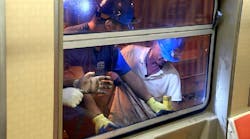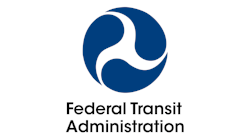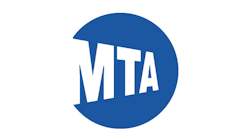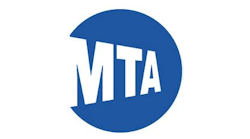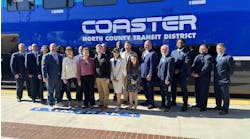OP-ED: Does NYC Transit have sufficient spare and reserve subway cars?
The recent incident of 97 New York City Transit subway car windows smashed across 45 different trains on the B, D, F, N, Q and W lines resulting in their removal from service raises more questions for Metropolitan Transportation Authority (MTA) Chairman Janno Lieber and New York City (NYC) Transit President Richard Davey. Most of the NYC Transit subway car fleet has been paid for by Federal Transit Administration (FTA) grants.
The FTA requires the MTA to have a Fleet Management Plan. It has to be updated every time there is a new subway car procurement. FTA allows the MTA NYC Transit to have peak, spare and reserve fleets. The current NYC Transit fleet of approximately 5,900 cars is divided into the A Division (Numbered routes) and B Division (Lettered routes). Equipment in these two divisions are not interchangeable.
Within the B Division, there are peak, off peak, overnight and weekend numbers of car and train requirements for each route to meet service. Peak service requirements in the morning and afternoon rush hours require the most equipment. The MTA and NYC Transit maintained they did not have enough spare windows in stock to quickly make all the repairs.
Was there any attempt to uncouple the damaged cars from trains leaving the remaining cars to form new eight- or 10-car train sets? Why did NYC Transit not have enough spare cars and train sets to replace those taken out of service?
The NYC Transit Fleet Management Plan would tell us how many spare cars and train sets were available. FTA also allows provisions for a Reserve Fleet. Could this have been used to supplement both peak and spare vehicles? This fleet is not active, but is periodically maintained. It is suppose to be available to press into service during unforeseen emergencies such as this.
Does the MTA and NYC Transit need to expand its spare fleet of cars and train sets to deal with periodic crisis such as this in the future? Perhaps instead of disposing all the old cars being replaced by new vehicles, those in better condition should be added to either the spare or reserve fleets. If they don't have a reserve fleet, one should be established. The same issues may apply to the MTA Long Island Rail Road, Metro-North Railroad and Staten Island Rapid Transit Operating Authority, as well.
If they don't have a reserve fleet, one should be established. Commuters, taxpayers, elected officials and transit advocates deserve answers to these very valid questions.

Larry Penner
Larry Penner is a transportation advocate, historian and writer who previously served as a former director for the Federal Transit Administration Region 2 New York Office of Operations and Program Management. This included the development, review, approval and oversight for billions in capital projects and programs for New Jersey Transit, New York Metropolitan Transportation Authority, NYC Transit bus, subway and Staten Island Railway, Long Island and Metro North railroads, MTA Bus, NYCDOT Staten Island Ferry along with 30 other transit agencies in New York and New Jersey.

